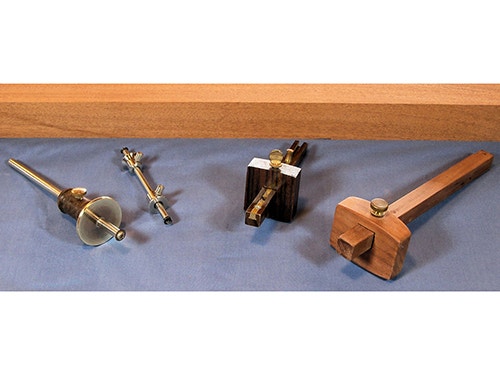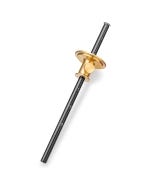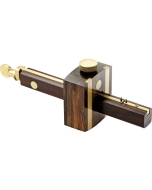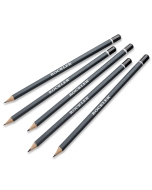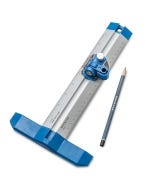Back to Woodworking Basics: Make Your Mark
When evaluating antique furniture, one of the things appraisers search for is the fine lines and marks left behind by marking knives and marking gauges.
These can be found on the inside of legs, around dovetail joints and near mortise and tenon joinery. These marks can help separate hand made from machine built furniture. This time let's take a look at the marking gauge. Pencils and marking knives are valuable tools for laying out your work, but having a good marking gauge or two around can save time and make repeated marks accurately. Whether bought premade, or shop-built, a marking gauge sets a stop along a bar with an edge or point at one edge. Clamp the stop at a fixed distance and the same measurement can be laid out over and over.
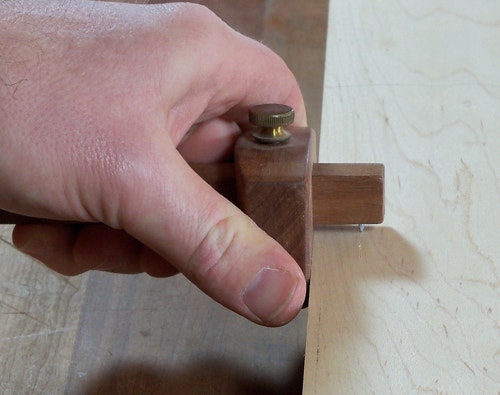
This shop-built gauge uses a sharpened pin for scratching the layout line. It is very simple in construction, and the head is reversible. One face is flat for straight edges, and the other is rounded for marking along curves.
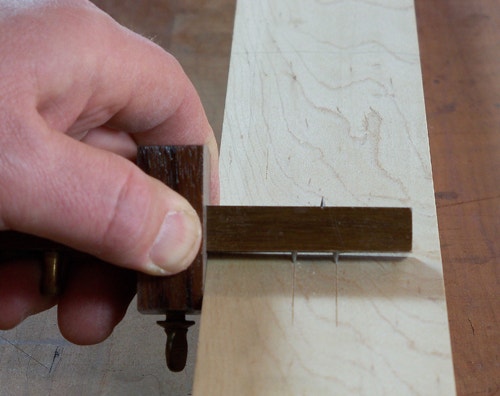
Mortising Gauges are marking gauges with two adjustable pins for laying out both sides of a mortise in one pass. The pins are adjustable in width, and the bar adjusts the set from the edge. Note that the other side of the bar has a single pin for other types of layouts.
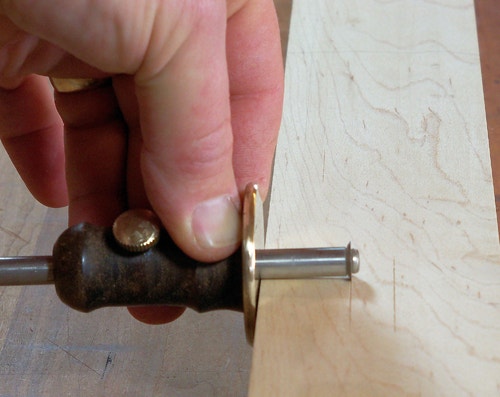
Rather than a sharp point, this marking gauge uses a sharpened wheel at the end of the rod. It cuts a line rather than scratching it, and is excellent for veneer work. The marking gauge in woodworking can be used for layout, transferring small, accurate measurements, and marking out mortise and tenon joints. If you flatten your stock with a hand plane, the marking gauges can set a line around the board edges for hand planing it to final thickness. Bought or shop built, learning to use a marking gauge will improve your accuracy and increase the efficiency of your wood projects.
Keep the inspiration coming!
Subscribe to our newsletter for more woodworking tips and tricks
